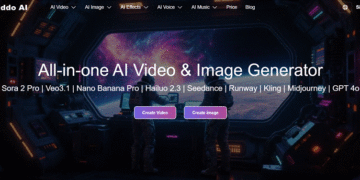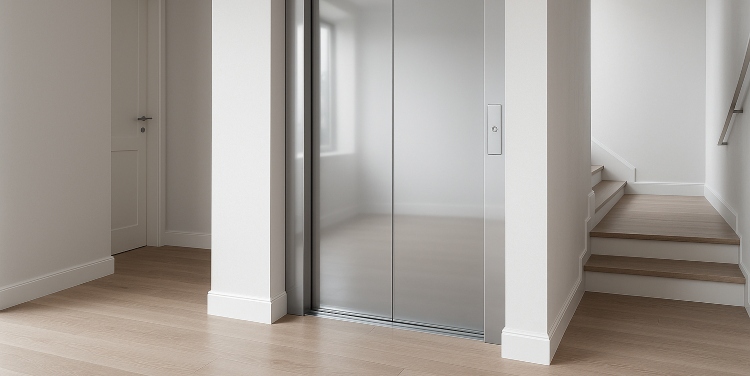The realm of home accessibility is undergoing a transformative phase, propelled by technological advancements that redefine residential mobility. These innovations are not merely about convenience but also about enhancing safety and functionality in everyday living. As technology continues to evolve, the integration of these advanced solutions into home environments becomes increasingly seamless. Many more are asking, how much does a stairlift cost?
In recent years, there has been a noticeable shift in how we perceive and implement mobility solutions within residential spaces. The impact of technological advancements is visible in the innovative features now available in many homes, significantly improving safety and functionality. Among these innovations, Home Lifts stand out as a prime example of how technology can transform residential living. These systems incorporate cutting-edge features that ensure residents can navigate their homes with greater ease and security.
Technological innovations in residential mobility
The evolution of technology has drastically changed how individuals move within their homes. Innovations such as smart home systems have made it possible to control various aspects of a house with just a voice command or a smartphone app. This convenience extends to mobility aids that are now more sophisticated than ever before. Devices like automated stairlifts and wheelchair-accessible ramps are becoming integral parts of modern homes, offering independence to those who need it most.
Smart home systems are not only about controlling lights or thermostats; they also integrate with mobility solutions to provide comprehensive assistance. Sensors and AI can monitor movement patterns, providing insights that help customise the environment for individual needs. This technology-driven approach ensures that homes are safer and more comfortable for residents, particularly those with mobility challenges.
The integration of IoT (Internet of Things) devices into these systems means that they can continually update and improve functionality based on user feedback and technological advancements. This dynamic adaptability is crucial as it allows homeowners to keep pace with ongoing innovations without having to overhaul their existing setups entirely.
The role of advanced home lift systems
Advanced home lift systems play a pivotal role in enhancing accessibility and convenience within homes. These lifts are designed with the latest technology to ensure they meet the highest standards of safety and efficiency. Unlike traditional lifts, modern home lifts are compact, quieter, and more energy-efficient, making them suitable for any residential setting.
These systems seamlessly integrate into the architectural design of homes without compromising aesthetics or space. They offer a smooth and quiet operation, contributing significantly to an improved quality of life for users. Safety features such as emergency stop buttons, battery backups, and sensors prevent accidents, ensuring peace of mind for homeowners.
The benefits extend beyond mere convenience; advanced home lifts enable older adults or those with disabilities to maintain independence by moving freely between different levels of their homes. This not only improves their quality of life but also reduces reliance on caregivers or family members for assistance.
Benefits of enhanced safety and functionality
The incorporation of improved safety features in modern home lifts is one of the most significant advancements in residential mobility solutions. These features not only prevent accidents but also enhance overall functionality. Sensors detect obstacles in the lift’s path, ensuring it stops safely when necessary. Such innovations contribute to creating a secure living environment.
User-friendly controls make these systems accessible to all age groups, further promoting inclusivity within households. The emphasis on intuitive design means that even those unfamiliar with technology can operate these systems effortlessly. This user-centric approach ensures that residents feel empowered in their own homes.
The durability and reliability of these systems mean they require minimal maintenance while offering maximum performance over time. This long-term efficiency is crucial for homeowners seeking sustainable solutions that align with modern living standards.
User experience and future trends
Cutting-edge mobility solutions significantly enhance user experience by offering unparalleled convenience and independence. As residents become accustomed to these technologies, their expectations continue to rise, driving further innovation in the sector. Future trends suggest an increase in personalisation options where users can tailor mobility solutions to meet specific needs.
The future may also see greater integration between various smart devices within homes, creating a cohesive ecosystem that responds dynamically to user preferences. This interconnectedness will likely lead to smarter and more responsive living environments that anticipate needs before they arise.
With ongoing research and development in this field, you can expect continuous improvements in efficiency, safety, and aesthetics of residential mobility solutions. The potential for technology to revolutionise home accessibility is immense, encouraging you to explore integrating such advanced systems into your living spaces.
David Prior
David Prior is the editor of Today News, responsible for the overall editorial strategy. He is an NCTJ-qualified journalist with over 20 years’ experience, and is also editor of the award-winning hyperlocal news title Altrincham Today. His LinkedIn profile is here.













































































